Rio de Janeiro is the second-largest city in Brazil and offers unique natural wonders and urban style. The beaches, streets, and mountains attract tourists from all parts of the world. If you are wondering which places you need to visit in Rio, look at these attractions below. We’ve prepared something exciting for you.
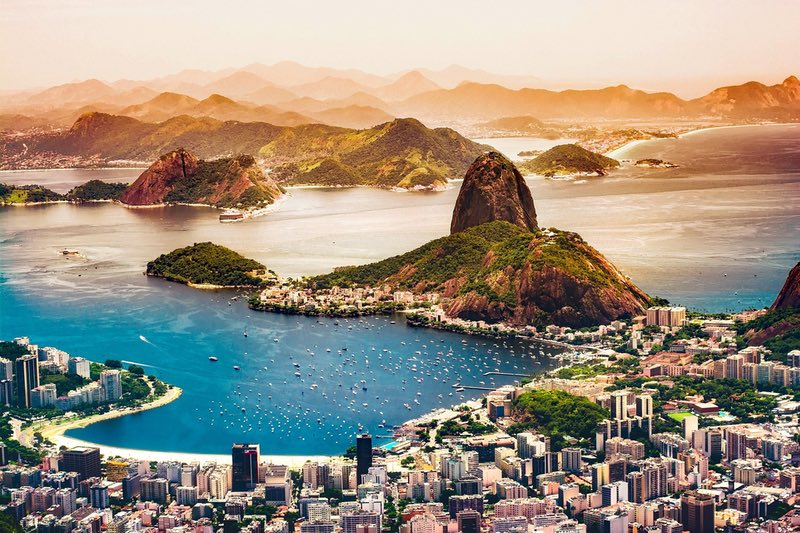
Image by David Mark from Pixabay
Rio de Janeiro offers unique natural wonders and urban style. The beaches, streets, and mountains attract tourists from all parts of the world. If you are wondering which places you need to visit in Rio, look at these attractions below. We’ve prepared something exciting for you. Before you go, download the best android apps for travel.
Table of contents: ()
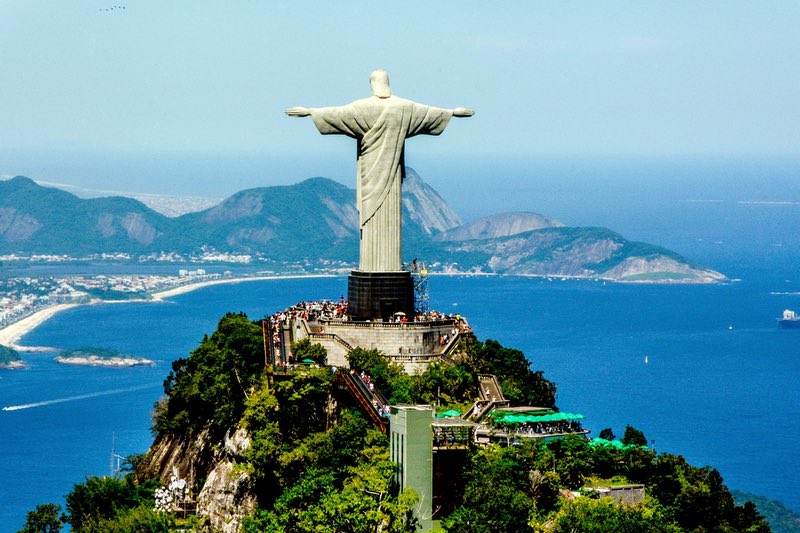
Image by Jose Guertzenstein from Pixabay
1. Christ The Redeemer
Christ The Redeemer is one of the most well-known Rio de Janeiro attractions on this list. It is recognized as one of the New 7 Wonders of the World. It is a statue of Jesus Christ with arms outstretched to the city. The statue stands above the Corcovado Mountains at a staggering elevation of 2,330-feet.
The construction of this statue started in 1922 and was completed in 1931. The monument is made of concrete and covered in soapstone mosaic tiles. It stands as tall as 125-feet and has become a cultural and religious symbol of the Brazilian people. As mentioned above, the monument stands atop Corcovado Mountain, located in the Tijuca National Park. It is one of the most famous attractions in Rio de Janeiro and is visited by more than two million people every year.
There are multiple ways to reach the monument of Christ The Redeemer. You can take the public transportation from Ipanema or Copacabana to Cosme Velho. You can catch the electric train that will drop you at the foot of the statue from here. Alternatively, you can also hike from PraqueLaga to the monument. This hike stretches for eight miles and includes a lot of steep inclines. However, you will be rewarded with discounted admission for hiking.
2. Copacabana Beach (Praia de Copacabana)
One of the most popular Rio de Janeiro beach locations, Copacabana Beach, is a public beach that is located in the luxurious neighborhood of Zona Sul. The beach is filled with Postos, or lifeguard stands, where tourists can change and use the restrooms for a small fee. The beach measures a 2.5-mile stretch from Posto 1 to Posto 2, where you will find the peninsula with the Copacabana Fort and the Historical Museum of the Army.
At Copacabana Beach, you will find lavish accommodations, authentic food, and the mesmerizing Avenida Atlantica seaside avenue made of mosaic tiles. The beach is famous for its golden sands. Visitors often come to rave around the beach and state that watching the sunset is truly amazing. The beach is always crowded with people; however, you may see fewer people for now due to the Rio de Janeiro Covid situation.
3. Catedral Metropolitana (Rio de Janeiro Cathedral)
Unlike most other Catholic cathedrals, the immense Catedral Metropolitana, or the Metropolitan Cathedral of Rio de Janeiro, looks very different. Visitors often marvel at this pyramid-shaped structure from the outside and enter to view the amazing floor-to-ceiling stained windows. These windows look extremely stunning when the sun shines through them.
Catedral Metropolitana was built by the architect Edgar Fonseca, who took the inspiration of the design from ancient Mayan temples. The construction of the monument started in 1960 and was completed by 1972.
While steel conical form, glass, and concrete are the eye-catching aspects of the monument from the inside, the most attractive and eye-popping feature can be seen inside. The height of the monument measures up to 245 feet and has an internal diameter of 315-feet. The cathedral can seat approximately 5,000 worshippers and still have space for 20,000 more standing.
When you descend to the basement level, you will reach the Museum of Sacred Art. You can view various religious-themed objects on display here, including the famous baptismal font used for the royal naming of Dom Pedro II, the last ruler of Brazil. Outside on the front of the cathedral, you will also find a statue of Mother Teresa. The Catedral Metropolitana is definitely one of the most essential Rio de Janeiro landmarks.
4. Ipanema
If you are looking for an air of hip sophistication, then you should visit the streets of Ipanema and Leblon, two adjacent and upcoming marketplaces. The Atlantic Ocean laps the beaches while the leafy boulevards are filled with fashion outlets. Here, you will find everything ranging from Rio de Janeiro nightlife that swings to the sounds of samba and bossa nova, galleries that promote local artists, and beach bars that serve delicious street food.
If you are a surfer, then you will love this place. You can ride the big waves in the ocean and take a dip in the cool water. However, you also need to be mindful since the current can be strong. You can also play volleyball, footvolley (a hybrid of volleyball and soccer), or soccer on the beach. Another popular game you can try out here is frescobol, which is played with small racquets and a rubber ball.
If you move away from the beach, you will find that the streets are a paradise for shoppers. Here, you can see anything ranging from contemporary works at the Ipanema Art Gallery to the precious stones at the Amsterdam Sauer Museum. This area is quite popular and is well-connected by public transport routes.
5. Sugarloaf Mountain
Sugarloaf Mountain was named after traders started producing mounds of sugar during the 16th century. The cone shape of the mountain resembles sugar loaves. However, the mountain is made of granite and stands over 400-meters tall.
Also known as the Pão de Acucar in Portuguese, Sugarloaf Mountain is quite a popular destination for rock climbers. If you do not want to scale the mountain, you can also choose to ascend via the cable car, which offers a fantastic experience. The cable car journey is made in two parts – one is the three-minute journey between Morro da Urca and the Praia Vermelha; Morro da Urca is also a popular tourist destination filled with restaurants and other food outlets. The second leg of the journey will take you to the summit of the mountain.
After you reach Sugarloaf Mountain, you can take your time to marvel at the views. The mountain is nestled in Guanabara Bay and looks down on Rio. Additionally, you will also find the Rio de Janeiro rainforest and the Atlantic ocean, with the Copacabana and Ipanema beaches visible right below.
6. Avenida Atlantica
Of course, you cannot end your trip to Rio de Janeiro without visiting the Avenida Atlantica. It is quite a place if you are looking for opportunities to party on New Year’s Eve. Apart from this, this area is known to host Rio de Janeiro events all year long. If you want to experience the oceanfront events and the lively beach culture, then this is the place where you need to be. Perhaps the most epic event that takes place here is the Rio de Janeiro carnival.
You can choose to cycle through the Avenida Atlantica bicycle path or play volleyball on the nearby Copacabana Beach. The avenue stretches for 2.5-miles and is a great way to see many buildings in Rio de Janeiro city like the famous Belmond Copacabana Palace, where you can play casino games.
The golden beach here will offer you superb views of the surrounding Rio de Janeiro mountain ranges and other views. The beach here is an excellent place to sunbathe as well as get some exercises done. The Avenida Atlantica is known for its paved promenade that has a very artistic monochrome design. This area is known for roller skating, cycling, and jogging. Or else, you can simply visit the beach bar for some refreshing and delicious local street foods.
7. Maracana Stadium
If you love sports, then you cannot miss out on the famous Maracana Stadium. This is the stadium where the final matches of Brazil’s FIFA World Cup took place and it has hosted many Brazilian footballing legends. You can watch any of Brazil’s big four football teams practicing here or take a guided tour of the stadium.
The Maracana Stadium was the main venue for the FIFA World Cup in 1950. Once the stadium was completed, it could easily seat more than 200,000 people, the largest seating capacity of any football stadium in the world. Since the 1950s, the stadium has witnessed refurbishing and became the main venue again for the FIFA World Cup in 2014. Today, it is a massive open area where you can enjoy a game or two.
As you are touring through the stadium, you will learn about some of the biggest football players in the history of Brazil, like Pelé, Romario, Garrincha, and Zico. Additionally, you will find the Rio de Janeiro statue of Zico and the casted footprints of Garrincha. You will also walk through the bleachers of the stadium, which are the VIP lounges. Tours are offered on an hourly basis throughout the week, except on Sundays. You can easily catch a metro train or a local bus that will drop you near the stadium.
8. Rio de Janeiro Botanical Garden
The Rio de Janeiro Botanical Garden is a research facility and arboretum filled with various plant species. You will often see lizards, monkeys, raccoons, and opossums that make the garden their home. The environment here is very peaceful, and you can learn more about the garden if you take a guided tour.
The garden features many different natural and cultivated environments like landscaped areas, forests, rivers, and lakes. You can stop at the picturesque Macacos River flowing from the Tijuca Massif. You will also find the massive man-made lake called the Friar Leandro, filled with giant water lilies.
You can also expect to see a lot of exotic birds here, like the Channel-billed toucan. The garden is also filled with other animals like sloths and the famous black capuchin monkey, an endangered species. If you want to see rare species of harmless snakes and reptiles, you can visit the famous Turtle Lake.
When you opt for the guided tour, you will learn about the cultural and natural resources of this Rio de Janeiro park. You will cover the 140-hectare of land via an electric car tour. The tour will primarily concentrate on interesting features like covering important plant species, the large collection of outdoor artwork, etc.
Yet another beach on this list, the Arpoadar Beach, is considered one of the top landmarks of Rio de Janeiro. This beach features some of the best views and waves in the city. It is located between the Ipanema and the Copacabana beaches and is marked by a gigantic rock formation.
Each summer, this beach attracts thousands of surfers from different parts of the world; because of this, Arpoador Beach is known as the birthplace of Brazilian surfing culture. You can easily rent a surfboard on the beach or simply book surfing lessons if you are a beginner. Most experts tend to surf at night when the spotlights light up the beach. If you are looking for surfing in the Rio de Janeiro opportunities, then this is the place to begin.
During the evenings, you can head over to the beach’s rock formations to watch the sunset. Since it is the southernmost point of Ipanema Beach, you can see the dramatic sunset over the silhouettes of the dual mountain peaks. Mostly, the crowd breaks into applause after the sunsets. This place is filled with the best Rio de Janeiro hotels.
9. Arpoador Beach
Yet another beach on this list, the Arpoadar Beach, is considered one of the top landmarks of Rio de Janeiro. This beach features some of the best views and waves in the city. It is located between the Ipanema and the Copacabana beaches and is marked by a gigantic rock formation.
Each summer, this beach attracts thousands of surfers from different parts of the world. Because of this, Arpoador Beach is known as the birthplace of Brazilian surfing culture. You can easily rent a surfboard on the beach or simply book surfing lessons if you are a beginner. Most experts tend to surf at night when the spotlights light up the beach. If you are looking for surfing in the Rio de Janeiro opportunities, then this is the place to begin.
During the evenings, you can head over to the beach’s rock formations to watch the sunset. Since it is the southernmost point of Ipanema Beach, you can see the dramatic sunset over the silhouettes of the dual mountain peaks. The crowd breaks into applause after the sunsets. This place is filled with the best Rio de Janeiro hotels.
10. Copacabana Fort
The Copacabana Fort has been covered by the Rio de Janeiro news for being one of the most famous tourist attractions in the world. This fort was formerly a military stronghold that offers spectacular views of Guanabara Bay and the main city of Rio de Janeiro. You can visit the museum that displays rare military items like weapons and uniforms, and wax sculptures within the fort.
This fort was built in the early 20th century as the main defense against outsiders. When it was finally constructed, it was considered one of the most advanced fortifications in Latin America. You will find the rooms and accommodations of the 20th-century soldiers and other artifacts related to the Brazilian Army.
Outside the fort, you can feast on the finest Rio de Janeiro food products available. You can also spend your time on the beach playing volleyball, swimming, sunbathing, and relaxing. Once you are done with the tour of the fort, you can head down to the beach bars for some refreshing beverages and eateries.
Final Thoughts
The above-mentioned landmarks are considered the best places to visit in Rio de Janeiro. All these places are visited by many tourists every year, and the number will only rise moving ahead. Even if you do not want to tour the places, there are still a lot of Rio de Janeiro restaurants where you can eat your fill and simply relax.
What are your thoughts on Brazil? Let us know in the comments!
Jeremy Ambrose began traveling several years ago and travels to explore new corners of the world every year. He has faced many of the difficulties of traveling and now wants to share his experience and knowledge with his readers.
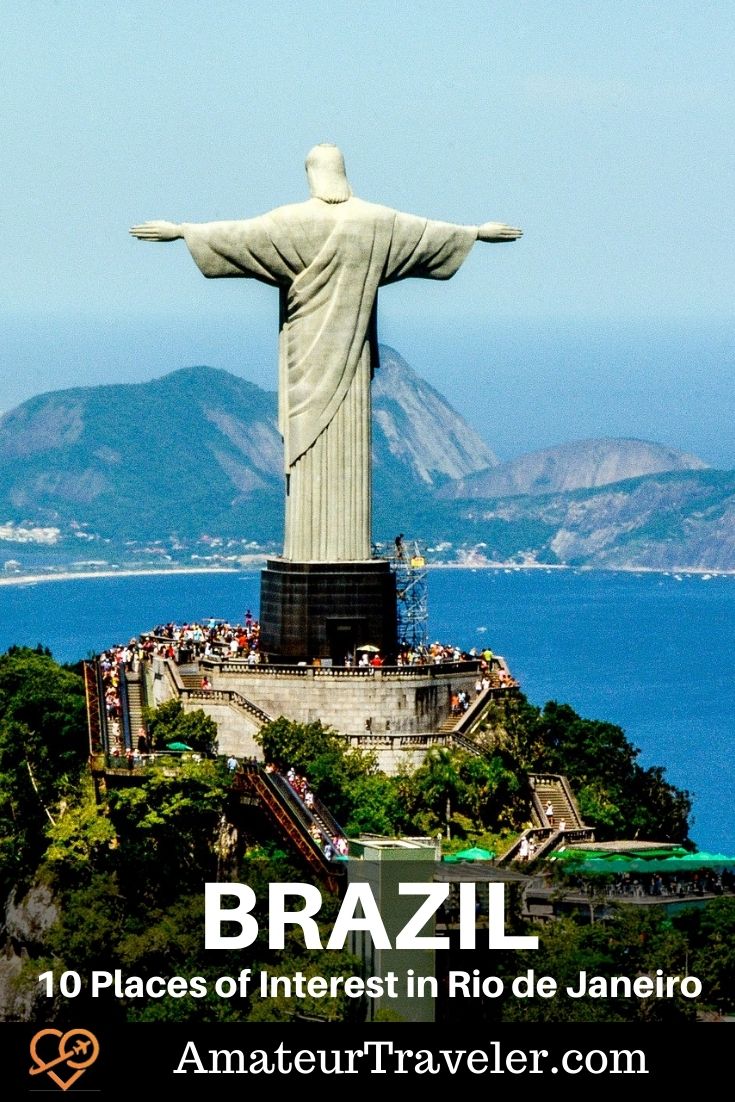
Leave a Reply
Tags: article, brazil, rio de janeiro





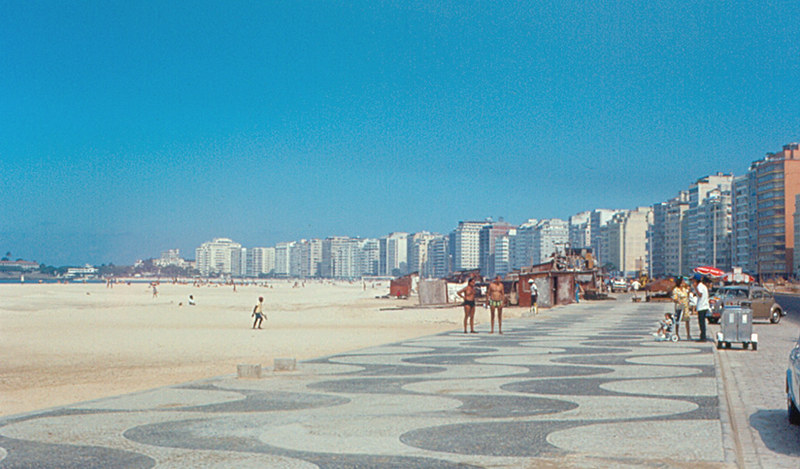

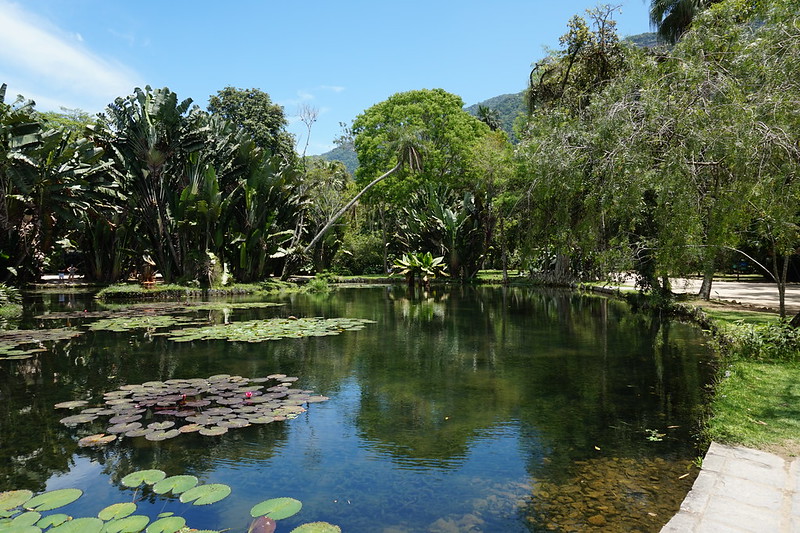

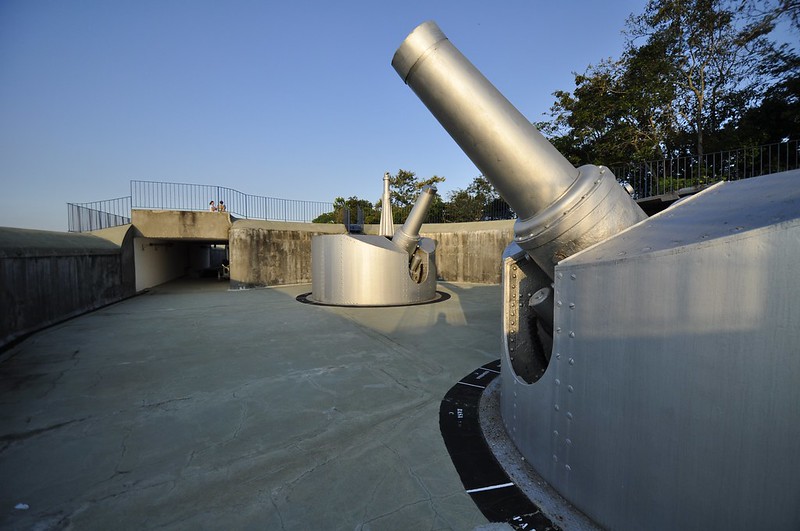
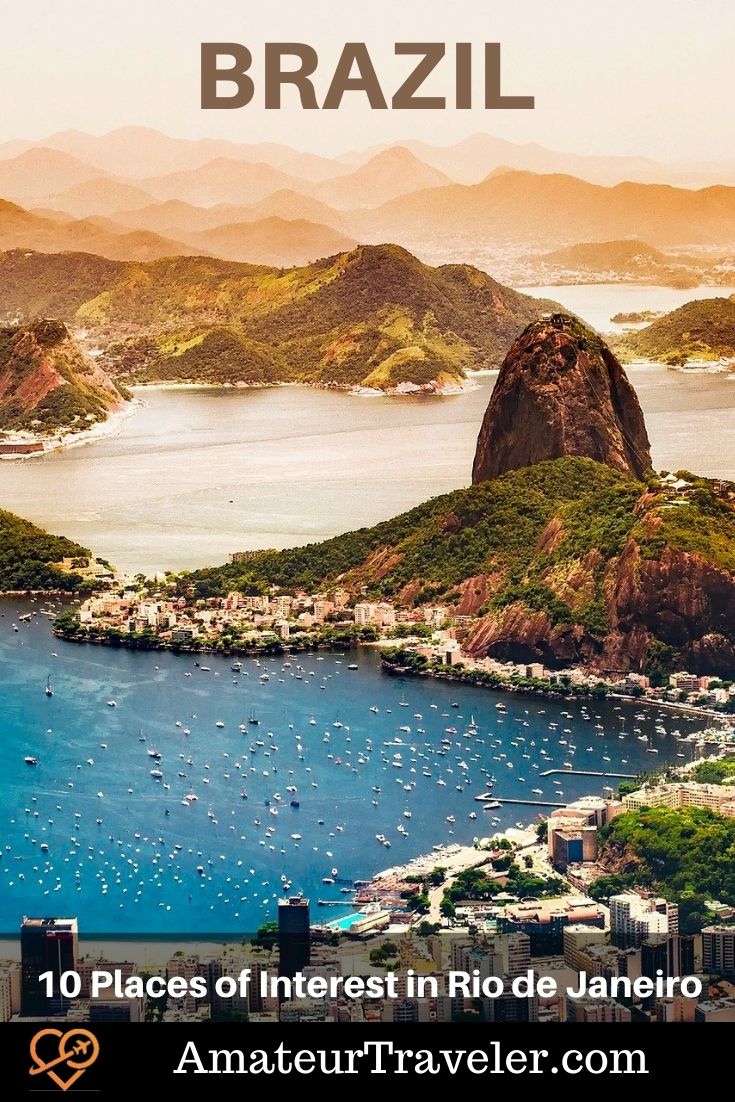
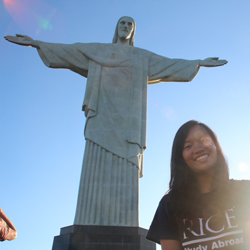 Travel to Rio de Janeiro, Brazil – Episode 394
Travel to Rio de Janeiro, Brazil – Episode 394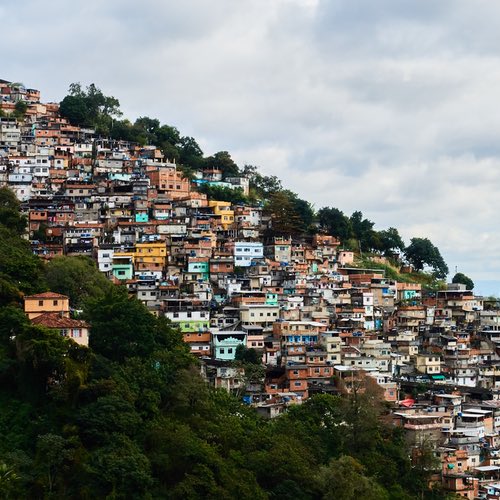 Favela Tours in Rio de Janeiro, Brazil
Favela Tours in Rio de Janeiro, Brazil Travel to Brazil – Episode 569
Travel to Brazil – Episode 569
